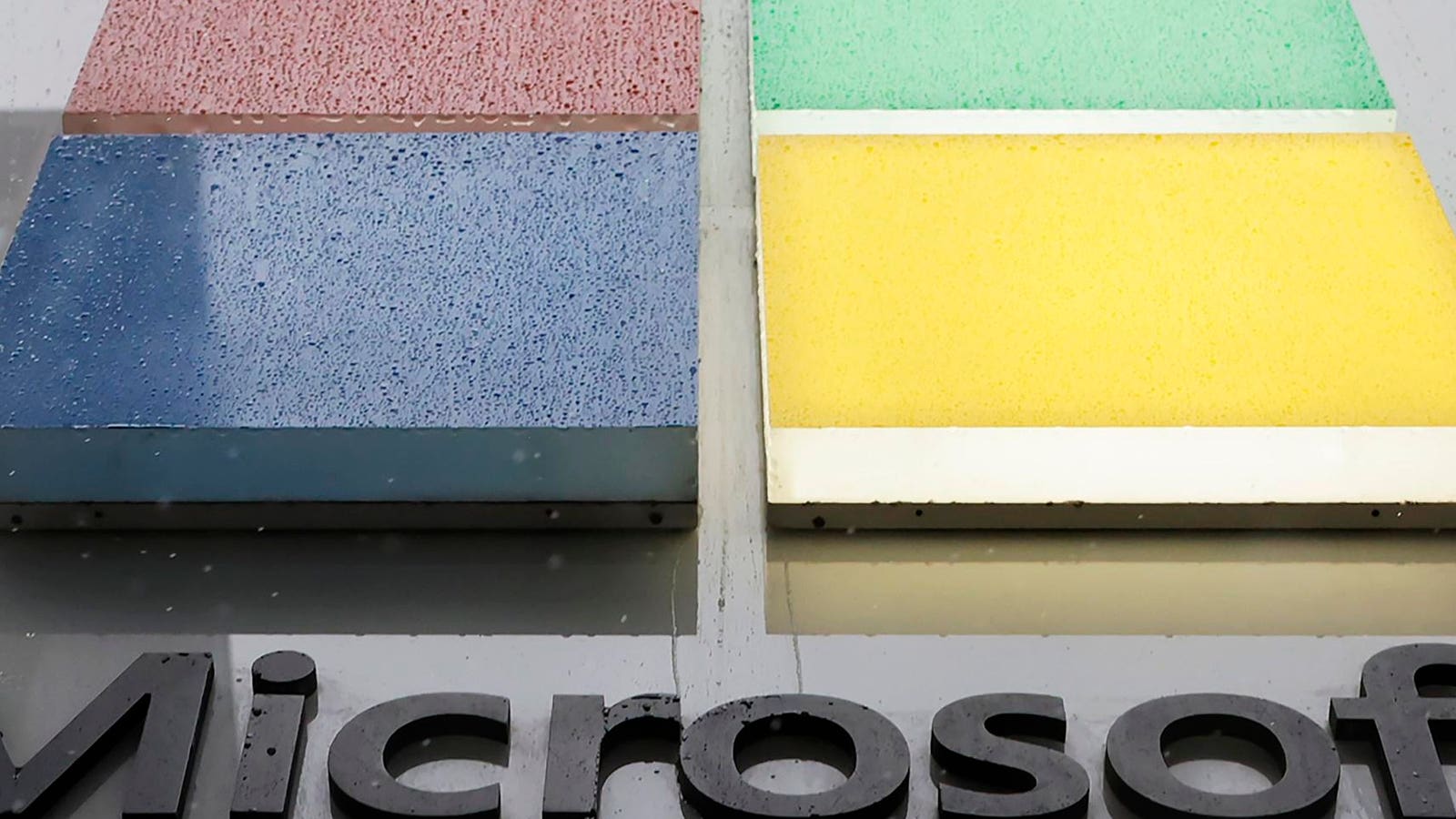Managing cold storage
getty
The FMS conference has moved from a concentration on solid state storage to other types of storage as well. In this article we will explore a session on cold storage. In addition, we will report on an on-going project to recovering data from old tapes for training AI and other applications.
The cold storage session was moderated by Rich Godomski from Fujifilm and included talks by John Monroe from Further Market Research, Ilya Kazansky, CEO, SPhotonix, Steffen Hellmold, President, Cerabyte, Inc., Dave Landsman, Distinguished Engineer, Director Industry Standards, Western Digital and Alistair Symons, VP, Storage Systems Development, IBM.
John Monroe’s message was that about 70% of the data stored in enterprise and data center applications is cold data, but that it may need to be accessed at any time to support modern AI workflows. Thus, it should be stored on an active archive, which would save on power consumption and operating costs. He also felt that in the future AI will be used to manage what could otherwise become an enormous amount of stored data.
Although much of this cold storage is currently on HDDs, he projected that magnetic tape and emerging optical archive storage technologies would grow to over 20% of the total shipped storage capacity by 2030, compared to about 16% in 2024 (which is somewhat higher than my projection of about 12% in 2024).
Ilya Kazansky CEO of SPhotonix spoke about the company’s optical storage technology, its 5D fused quartz-based memory crystals, an example is shown below.
Sphotonix quartz recording media
SPhotonix
He argued that conventional storage technologies need to be replaced every 10-15 years and that migrating content to new storage technology takes a significant amount of effort and money and that it results in significant waste. The commonly used storage technologies are also susceptible from damage from heat, humidity, chemical reactions and electromagnetic pulses and that they require controlled environments to preserve the storage media.
The company’s memory crystals provide a write once, read many times or WORM media that can persist for a thousand years or more. Recording on this media are also not subject to damage from heat, humidity and the other factors that can cause loss of data in other storage media. Thus, it would not require migration to new media on a regular schedule and is easy to recycle, since it has a composition similar to sand.
He said this volumetric storage media can support storage densities up to 10GB/mm3. The femto-second lasers used for recording record nanostructures that can encode data in their width, height, depth, polarization and birefringence, hence the 5D name.
Steffen Hellmold, President of Cerabyte, spoke about their optical media technology for archiving applications. He also stressed the costs of archiving and management required with current digital storage media.
Similar to the SPhotonix media, Cerabyte media could last a long time since it is not sensitive to heat, humidity and other factors that can damage the media or the data on conventional digital storage media. He stressed the need to move from traditional archiving approaches to active archiving to support data needs of modern AI workflows.
The Cerabyte media uses glass substrates, which are coated with a ceramic material. The Cerabyte solution uses digital light processors, DLPs, from Texas Instruments to effectively write and read millions of bits at once and thus providing high data throughput, as shown below.
Write and read for Cerabyte media
Cerabyte
Although not represented in this session, there are other optical storage startup working on archival technology. These include Folio Photonics and Optera, both of which are developing higher capacity circular optical media that could be placed into traditional optical storage libraries.
David Landsman, Distinguished Engineer and Director of Industry Standards, at Western Digital spoke about why HDDs will remain relevant for cold storage applications. He said that HDDs are where cool, versus cold data, lives in data centers. He said that HDDs for data centers are 6X less expensive than data center SSDs and would remain so through 2030 and beyond. One of his slides showed 36-44TB HDDs in 2026, 80-100TB HDDs by 2030 and over 100TB in the years after, as shown below.
Western Digital projected HDD storage capacities
WDC
Alistair Symons, VP of Storage Systems Development at IBM, spoke in favor of magnetic tape for archive storage in the session. He argued that the increasing amount of storage that AI and other applications is a significant factor in the increasing energy requirements at storage centers and this will favor storing less frequently accessed data on magnetic tape. Compared to SSDs and HDDs the energy consumption for magnetic tape storage is considerably less.
Chuck Sobey of Channel Science and the organizer of the Monday training sessions before the regular FMS sessions, has been pursuing the development of a multi-format, minimal-contact legacy tape reader that can recover data from old magnetic tapes.
There are vast libraries of older magnetic tapes in now obsolete formats that contain valuable data for AI training and other applications or that may contain other content that has a long-standing cultural value. Training on this often-irreplaceable data, such as cultural, seismic, climate or astronomy data, could make better domain specific AI-based models.
Currently many efforts to recover data from older tapes requires having the original tape equipment to read the tapes. In addition, even if you can find the old tape drives, replacing worn out parts such as heads is hard because these heads are no longer in production. In addition, even if you have a functioning vintage tape drive it only has the capabilities that were designed into the original drives.
To meet the need to read these old magnetic tapes Channel Science created its multiformat tape reader. The company has one patent granted on the technology and more pending. The prototype tape transport device is shown below.
Channel Science tape system for reading old data
Channel Science
Developed using SBIR grants the device uses GMR sensors, in mass production for HDD heads, to read the data from the tapes with a gentle tape path and a high-speed tape transport with advanced signal processing, detection and decoding and uses AI to optimize its operation for different types of tape. To find out more, contact Chuck Sobey at [email protected].
The 2025 FMS Conference included sessions and exhibitors working on the increasing demand for colder storage for AI and other applications. Channel Science developed a multiformat magnetic tape reader for recovering data from old tapes.









